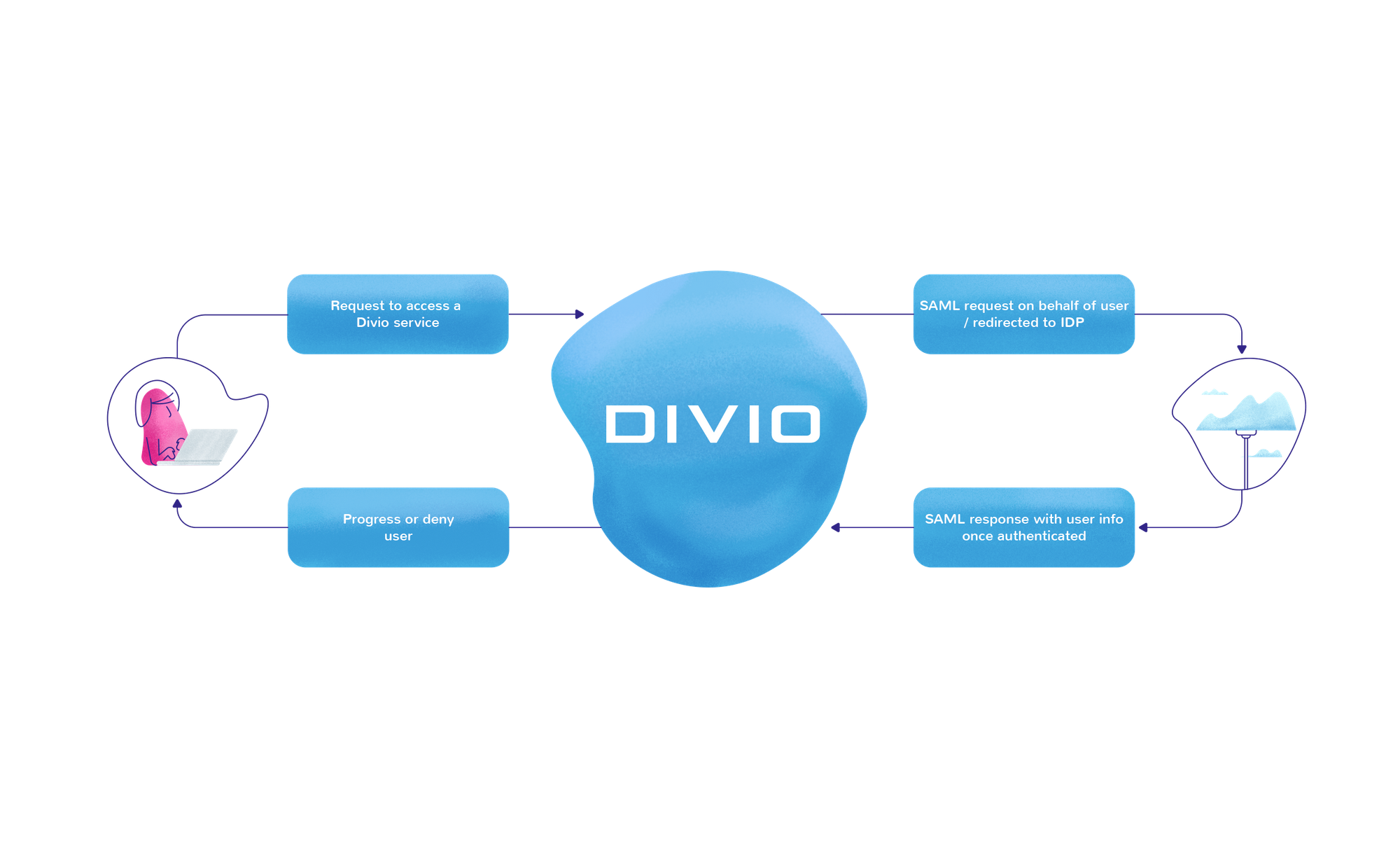
What is Security Assertion Markup Language (SAML)?
SAML (Security Assertion Markup Language) is a means by which authentication and authorisation data are exchanged between a foreign site and an existing IdP. Join us as we dig deeper into this technical standard!

Thomas Bailey
Marketing
SAML is commonly used within business environments as a means to provide a secure login to existing systems.
How Does SAML Work?
User credentials are centralised in an IdP (Identity provider platform) and SAML provides a means to query the IdP without exposing the user credentials. SAML is widely supported by most IdP platforms.
Users within an organisation sign-in to services by authenticating against their organisation's IdP. By doing so, sensitive login credentials are never shared with a service.
 The user will typically arrive at the service they wish to use and upon attempting to log in, be re-directed or served with their organisation's login mechanism. This could, for example, include verification of a one-time physical token.
The user will typically arrive at the service they wish to use and upon attempting to log in, be re-directed or served with their organisation's login mechanism. This could, for example, include verification of a one-time physical token.
Depending on the success of the login, the service that the user wishes to use then receives any requested user information and allows the user to interact with the service accordingly.
The IdP can determine what user information is permitted to be shared - such as a name or contact details. The interaction and exchange of information between the service and IdP is handled by SAML.
Other Benefits of SAML
In addition to ensuring that login credentials are never shared, and avoiding the need to rely on users to generate secure passwords, by keeping user credentials centralised in the IdP, user accounts can be centrally managed to prevent lost or orphaned accounts.
For help with SAML and your Divio smart cloud platform setup, feel free to contact us via our live chat support.
Related posts
Cloud Compliance / Cloud Security / Cloud Management
Cloud Security Challenges Organizations Need To Overcome
Migrating on-premise infrastructure to the cloud is a top priority for many organizations today. The cloud offers a number of benefits, including scalability, flexibility and cost savings. However, many organizations are unprepared for the security challenges that come with cloud adoption. In this blog post, we will discuss some of the cloud security challenges that organizations need to overcome.